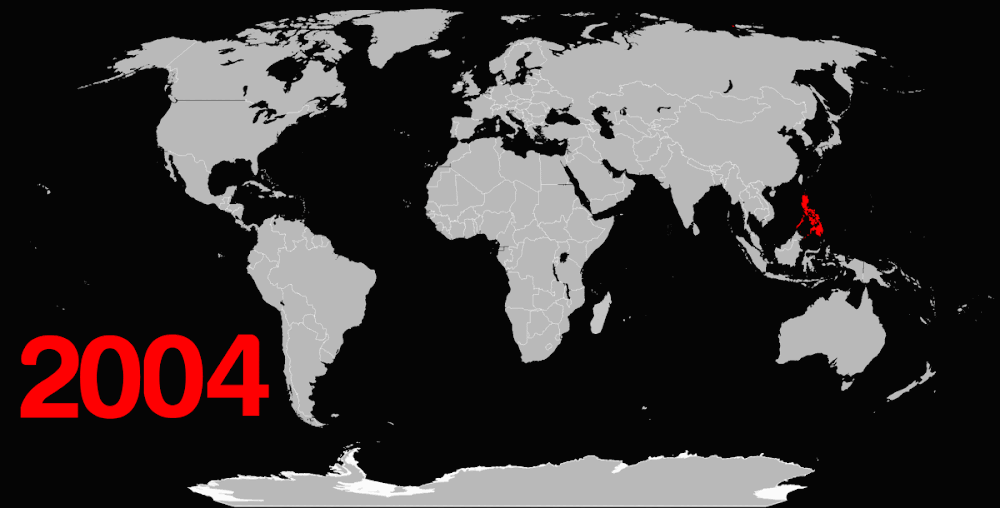The book I am using is 한국어1 which is the Korean for Foreigners course book of
the Hankuk
University of Foreign Studies. Let’s start! But before we do please watch the video after or while
reading, it’s meant to complement the content of this blog article. If you
watch just the video and not read, you’ll have no idea what I’m talking about. The
book has 35 chapters. I only study Monday to Friday, two days each for lessons
1 - 15 and three days each for lessons 16 - 35 which means it will take us 90
days or 18 weeks to finish the whole book. Target end date is February 3, 2012.
MONDAY: Chapter Eleven - 무슨 약속입니까?
Remember that -하고 particle
that we attach to the end of nouns to make a list? We could actually use it
with people to say “with”. Example? “I study Korean with Obama” would be OBAMA하고 한국어를 공부합니다. Don’t
you just love that sentence? We deleted “I” because it is understood in the
context since I already told you what I was going to say before saying it in
Korean. As you can see, the word for Korean has the direct object particle (를) attached
to it because it is what’s being done. Direct
object! Instant review!
TUESDAY: Chapter
Eleven - 무슨 약속입니까?
It’s time to tell the time! Bear with
me guy, today on the video we memorize the numbers from one to ten in Sino
Korean, which are numerals derived from Chinese. Koreans use them in many ways,
and telling the minutes of the time is one of them. Telling the hour is done by
using the Korean numerals, so it’s quite confusing at first. How do you ask the
time? 몇시입니까? Please tell me that you have
recognized a few words at least? In fact only one syllable is new in the
question. The question is “What time is it?” The question word is the first
syllable, which we already learned when we counted desks in the classroom (imaginary,
yeah) last week. The verb is in question form, you should also be familiar to
that by now. 시 is
the counter for hours when you are telling the time. If you
want to say how “many hours” you say 시간. Not that hard! Just one syllable
more, don’t be such a wuss. How do you answer? Use Korean numbers and add the
counter and then your verb. “It’s one o’clock” is 한시입니다. “What
time do you go?” 몇시에갑니까?
You remember that particle to express to where you are going? Add that to the
end of the question word and the counter and you have “what time”. “How many hours do you study Korean?” 한국어를 몇시간 공부합니까? For
the Sino Korean numbers, watch the video.
WEDNESDAY: Chapter
Twelve - 얼마에요?
We’ve already meet “how many” so now
it is time to meet its sister “how much” which is 얼마 which is always used when asking for prices. The simplest way of asking is “How much is this” which should be 이것이 얼마에요? but Koreans just say 이거 얼마에요 or better yet, just point at something
and say 얼마에요.
What is the other grammar point of the day? Informal endings! Yahoo! -읍니다 is
just so formal! So if you want to be just polite, cancel those endings you
already added and add -아요, -어요, or -해요. This is
tricky. What is the trick, then? You have to look at the vowel sound where you
would attach the new endings. If they have 오 or 아 for
endings, it does not matter if they end in a vowel or a consonant sound, as
long as any of these two is present in that syllable, add -요. 가다 becomes
가요. If
it ends in any of the other vowel sounds other than those two, add -어요. So, 먹다 would
become 먹어요 even if it does not end in a vowel.
The vowel sound is there anyway. What if two vowels clash? Let’s say for
example, “to drink” 마시다? Combine the vowel sounds! 마시어요 becomes 미셔요. As for verbs ending in -하다 you just add -해요. That is self-explanatory so let’s skip the example.
THURSDAY: Chapter
Twelve -얼마에요?
We have come to a rather complicated
part of Korean grammar, negating verbs. The simple way is to add -안 before the verb. “to go” is 가요 and “not to go” is 안가요. It is the same with formal endings: 갑니다 >> 안갑니다. Easy. For verbs with the every
present -하다 you have to place the negative particle between the stem and the -합니다/-해요 so that 공부해요 becomes 공부안해요. What is the harder version? This is used mainly with
prohibitions that go something like “Do not --“ and you do it by attaching -지않습니다/-지않아요 to the stem. “Don’t go” or “Not going” is 가지않습니다. Try to figure it out yourself by
trying different examples.
FRIDAY: Chapter Thirteen - 수영을 잘 해요?
Today we add two new particles in this
new lesson. Yesterday we negated verbs. Today we could add two other particles
to alter the meaning of the verb. The first is by adding 못 which means “cannot” and
is more like an issue of possibility rather than permission, which could both be
represented in English by “can” (we know it should be “may” for permission, but
whatever, right). The second particle is 잘 which means “well”. Let’s have an example: “to swim” 수영하다. “I don’t swim” is 수영안해요. “I
can’t swim,” as in I can’t
because I have no legs, not because my mother does not want me to is수영못해요. “I swim well” is수영잘해요.
See you next weekend! For next week I
would be covering the second half of lesson thirteen
until lesson fifteen. We can do this guys! AJA! The goal is to pass the lowest level of TOPIK in April 2012! =)



_poster.jpg)



0 creature(s) gave a damn:
Post a Comment